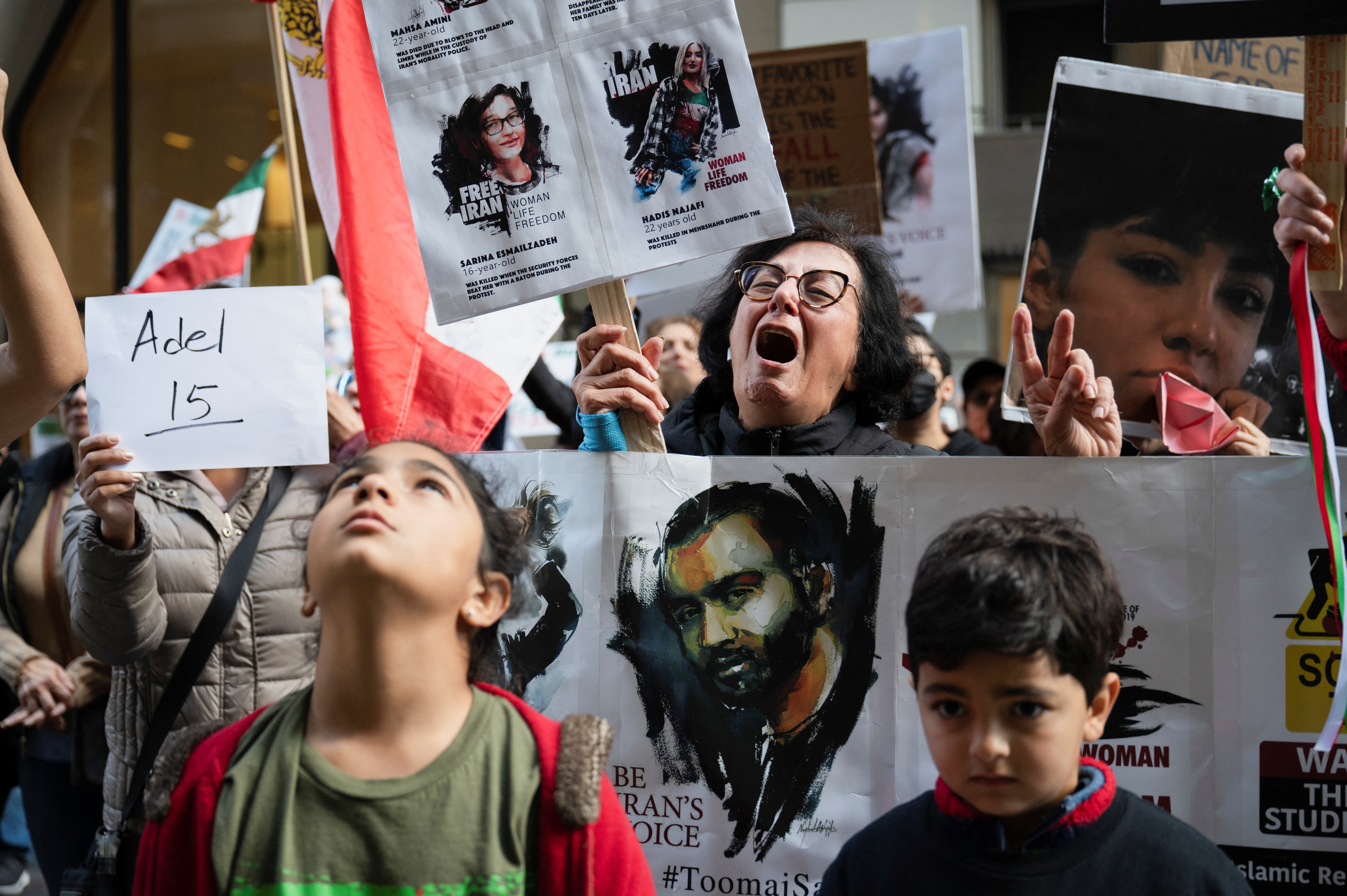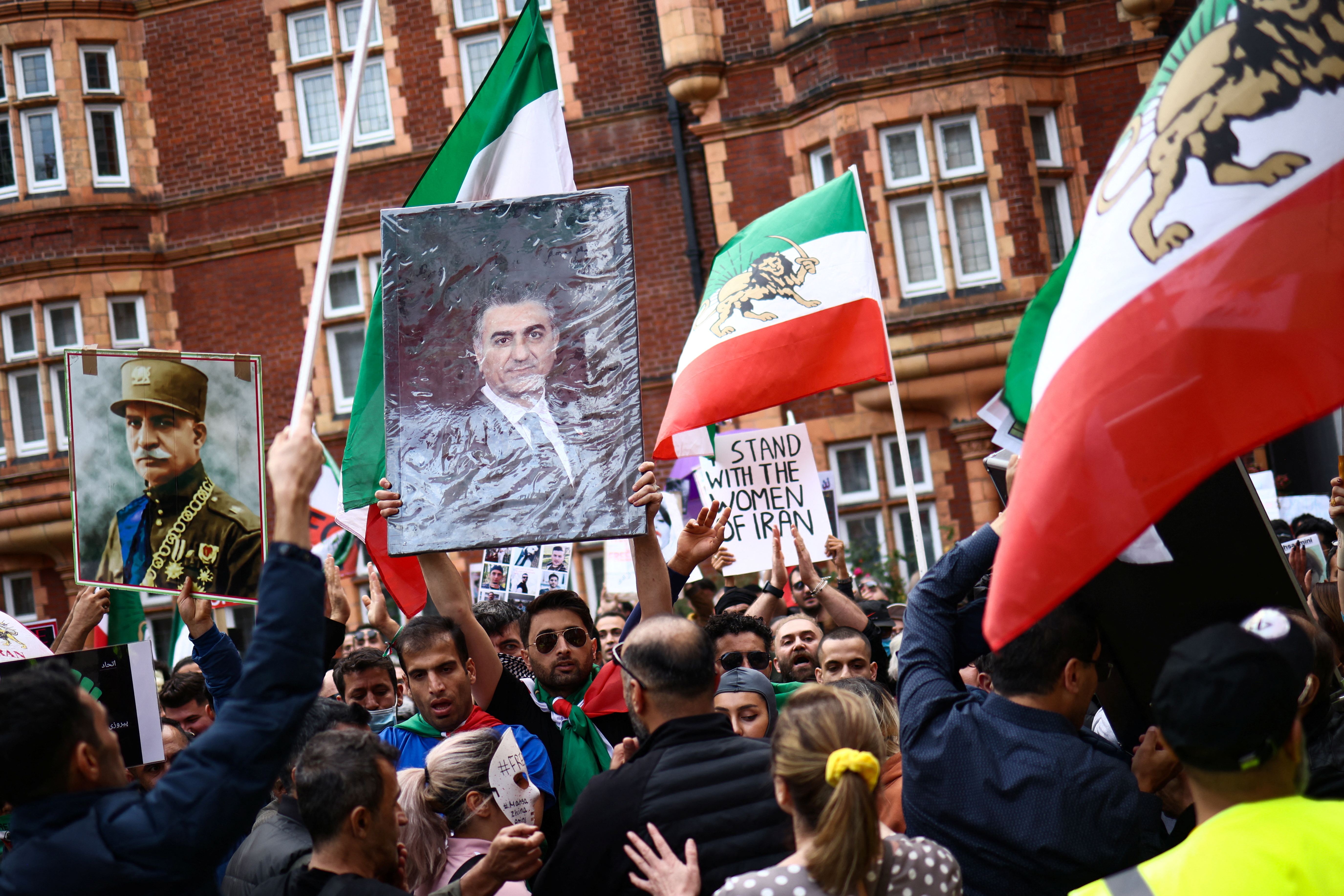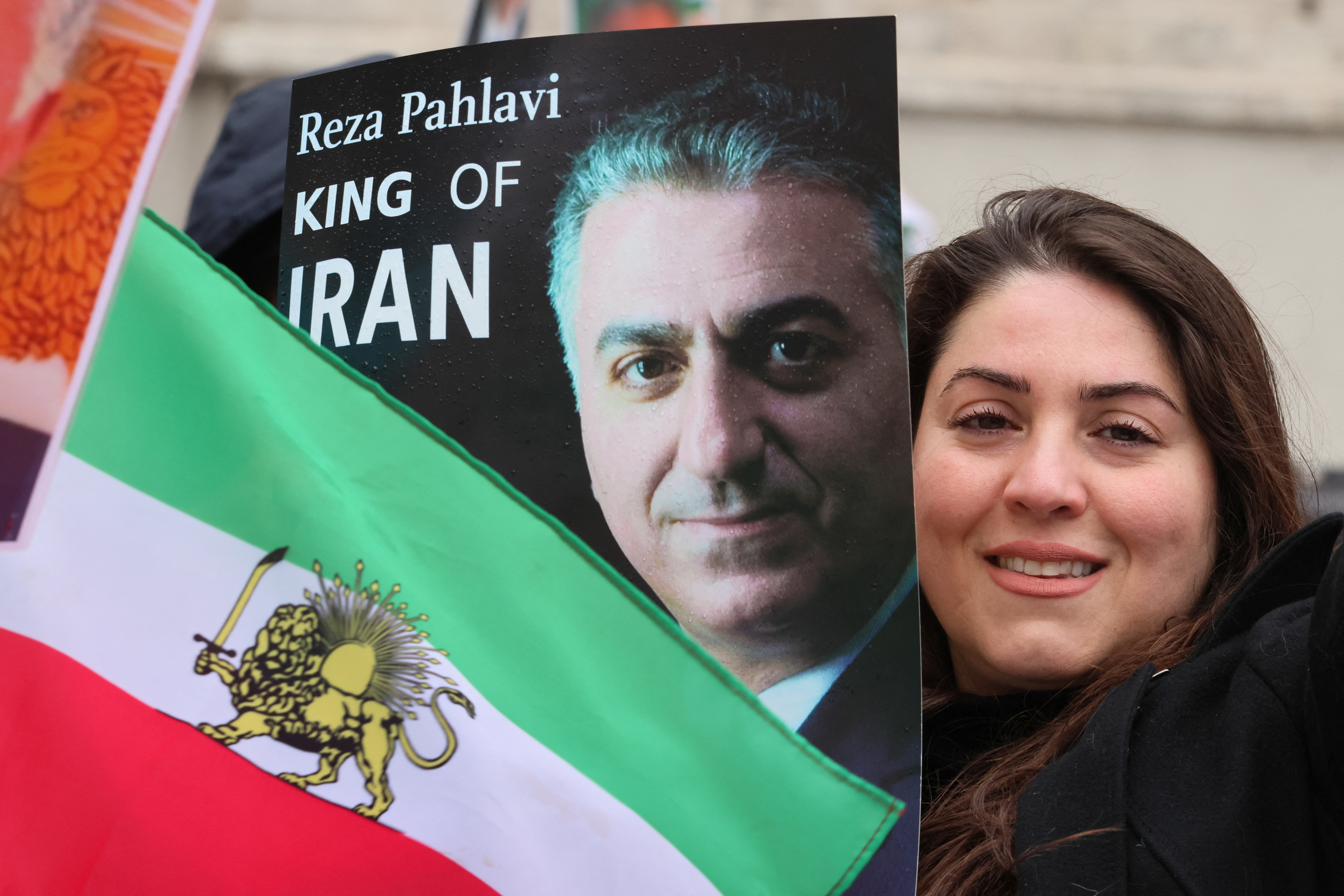
Amir still has scars from the torture he endured at the hands of SAVAK, the secret police force that used violent repression to crack down on dissent when Iran was ruled by Shah Mohammad Reza Pahlavi.
Growing up in an impoverished area of southern Iran, Amir became involved in leftist political activity as a student. He wrote for an underground paper, read banned books and attended rallies.
Those activities marked him as a dissident, and he was detained by SAVAK in 1974. Speaking with Al Jazeera by phone, Amir — who asked that his full name be withheld for his safety — recalled being beaten with cables and electrocuted for hours at a time.
Afterwards, when he used the restroom, he saw his face, distorted and bloody, in his reflection in the water.
Given the brutality he faced for his activism, it came as a surprise to Amir that he found himself facing supporters of the shah in what seemed an unlikely place: a protest in the United States.

Demonstrations erupted in Iran and across the world after a 22-year-old Kurdish woman named Mahsa Amini died in September after being arrested by Iran’s morality police.
Inspired by the protests unfolding in his home country, Amir, who has been living in the United States for decades now, decided to join rallies planned in his area.
But the demonstrations have underscored for Amir the bitter divisions within the Iranian diaspora, including between those who see both the shah and the country’s current religious leaders as authoritarians and those who look back on the shah with fondness.
“Now, before I attend a rally, I look up which organisation is hosting it,” Amir said. “If there are going to be people supporting the shah, I don’t want to be around them.”

Bitter divisions
If signs bearing the image of the late shah or his son Reza Pahlavi were hard for Amir to stomach, the presence of another figure at a recent US rally left him aghast: Parviz Sabeti, a former high-level SAVAK official.
Sabeti attended the rally on February 11, and photos of that day set off a storm of controversy, with some saying that his presence undermined calls for a democratic Iran.
“I thought this was unbelievable,” said Amir, who saw the pictures circulated over social media. “When I saw him [Sabeti], it was like he was mocking us. The beatings, the torture, it all came back. It was like I was in jail all over again.”
Support for the shah is difficult to quantify, and the Iranian-American community contains a wide variety of views on Iran’s political situation.
A petition calling for the younger Pahlavi to lead the protest movement has garnered more than 450,000 signatures on the website Change.org.
Speaking with the news outlet Politico at the Munich Security Conference in February, Pahlavi said he should not be held responsible for the actions of his father. “People understand how crucial my role can be in a transition,” he said.

But for those like Amir, the pressure to pick between supporters of the shah and the current Islamic Republic is a false choice.
“My hope for Iran is that people will be able to read what they want, to say what they want. The Iranian people don’t want to live under a dictator, whether the shah or the current government,” he said. “I want freedom for the Iranian people, that’s all.”
Schisms over how the US should deal with the current government have also been a source of contention and, at times, hostility.
Negar Mortazavi, an Iranian-born analyst and reporter who lives in exile in the United States, said such debates have become increasingly fraught since the protests kicked off, with some seeing any engagement with the Iranian government as a form of accommodation.
“These are complicated issues, and there is a lot of disagreement within the diaspora,” Mortazavi told Al Jazeera in a recent phone call. “But there has been an effort by more hardcore anti-regime activists to smear anyone who speaks critically about, say, the impact of US sanctions or in favour of diplomacy as a supporter of the regime.”
Mortazavi said she and her family have been subjected to a wave of rape and death threats over what critics characterise as her “advocacy” for the government, an accusation she strongly denies.
“People feel frustrated because the forces of repression inside of Iran are beyond their control,” she said, “so they go after scapegoats.”
Mortazavi said some of the most ferocious online activity is driven by what appear to be bot accounts. She believes the presence of these automated accounts indicates the involvement of states with an interest in pushing a more hawkish approach to Iran.
Since the administration of former US President Donald Trump unilaterally withdrew from a deal that had prohibited Iran from obtaining a nuclear weapon, the United Nations has expressed concern that Iran is moving closer to obtaining the materials necessary to build one.
Iran, however, has long denied reports it plans to build a nuclear weapon.

Even within Iran, the future of the current protest movement remains an open question. Many critics consider the demonstrations to be the most robust challenge to the current government in years. But a harsh crackdown has killed hundreds of protesters, according to foreign-based human rights organisations, and Iranian security forces have been accused of torture and forced confessions.
It is a playbook that strikes Amir as familiar.
“I left Iran in 1981 because I knew what kind of people they were. They were the same as the shah,” he said, referring to the Muslim leaders who seized power after the shah’s ouster in 1979. “The people of Iran did not want a dictatorship.”







